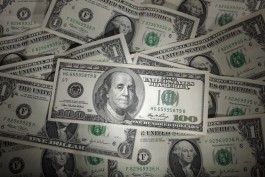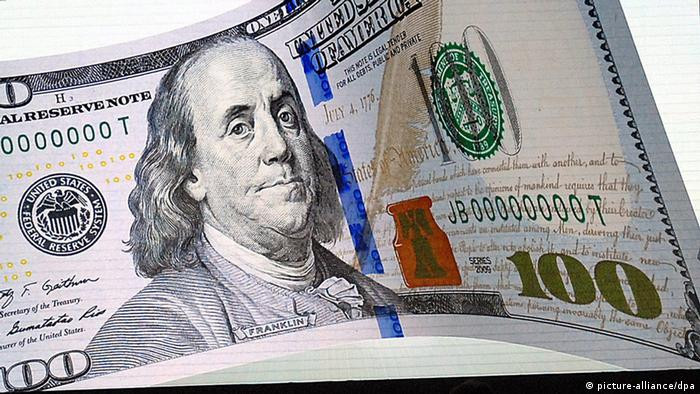The dollar started the last quarter of the year strong on Monday, October 2, amid the possibility that US interest rates will remain high for a longer period, while the yen fell to its lowest level in nearly a year, prompting traders to anticipate intervention from the Japanese authorities.
Early Asian trading witnessed limited currency movements due to a holiday in parts of Australia and the Golden Week holiday in China. However, analysts said that avoiding a US government closure at the last minute may provide some support to the markets.
The yen fell to $149.83, its weakest level in more than 11 months, getting closer than ever to the $150 level, which some traders believe may lead to intervention by Japanese authorities, as happened last year, to support the currency.
A summary of opinions at the Bank of Japan's September meeting showed on Monday that monetary policymakers discussed various factors to take into account when abandoning ultra-loose policy.
The euro also fell 0.06% to $1.05665 after ending the previous quarter down 3%, the worst performance in a year.
The British pound fell 0.14% to $1.21875, after similarly falling by about 4% against the dollar in the third quarter.
However, the dollar index did not rise much from the highest level in ten months that it recorded recently, reaching 106.27 in the latest trading, after recording its best quarterly performance in a year last month, supported by the US Federal Reserve’s continued monetary tightening approach.
The US Congress passed a temporary funding bill late on Saturday with overwhelming support from Democrats in an attempt to avoid the fourth partial shutdown of the federal government in a decade.
The Australian dollar also fell by 0.47% to $0.64045, as well as the New Zealand dollar by 0.19% to $0.5987, as traders await interest rate decisions from the two countries’ central banks this week.
UAE's Mubadala leads a $400 million financing round for German insurance company Wefox
Wefox, an insurance technology company founded by former emp.. Read more
Saudi Arabian Centers distributes dividends to shareholders for the second half of 2022 with a total of 356.25 million riyals
Arabian Centers Company has approved the distribution of cas.. Read more
The largest sovereign funds: "Abu Dhabi Investment Authority" advances to third place globally, with assets of $708.8 billion
The Abu Dhabi Investment Authority has advanced to the third.. Read more
Accumulated losses place Emirati companies on the "second category" screen, pending anonymity
Special Report - (Namazone): A group of companies listed.. Read more
Details 142 Saudi initiative to face the consequences of "Corona" B214 billion riyals
Special Report (Nmazzon): The government announced that.. Read more
Will gold remain a safe haven asset?
Gold has long been a source of controversy and contention am.. Read more
Global trade is expected to decline in the coming months
The economics department of Qatar National Bank (QNB) said t.. Read more
Analysis .. How will major central banks respond to the increasing cases of financial instability?
The global macroeconomic environment is experiencing some of.. Read more
The euro is below the dollar .. the lowest level in 20 years
For the first time in 20 years, the euro fell below $1 on Tu.. Read more
"OPEC"...The pressures of supply shortage will continue next year
OPEC expected global demand for oil to increase next year, b.. Read more
The dollar begins the fourth quarter with gains amid expectations of continued interest increases
NamaaZone " The Power of Knowledge"
Analysis Service |
Its a free service for technical consultation provided by NamaaZone to the website visitors. |
Open account Request |
NamaaZone provides a range of integrated trading solutions in local and global financial markets |









































